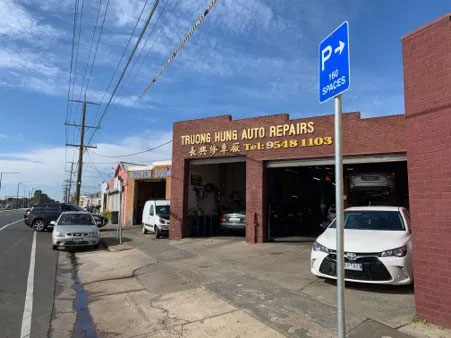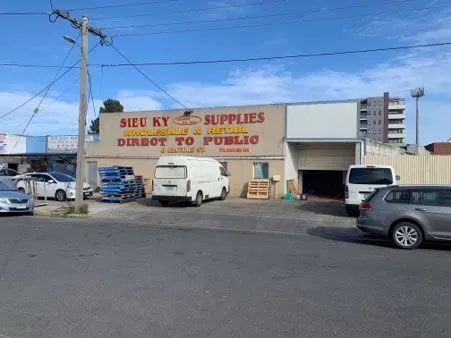
This section mapsthe urban dispersal of refugees at the metropolitan periphery at the end of the White Australia policy when federally-funded projects no longer supported or provided en-masse employment for refugees or immigrants. From the mid-1960s onwards, many immigrants begin to filter into urban economies from the particular starting points of hostels located in suburban areas. Unlike the immigrants who had previously arrived to work on major government-financed or -supported industries or infrastructure, these new arrivals relied firstly on state or local government assistance and on local communities (and increasingly, their own immigrant communities) to develop economic independence. This section studies the roles of the two immigrant reception centres, the Midway Migrant Hostel in Maribyrnong and the Enterprise Migrant Hostel in Springvale, that housed a majority of Melbourne’s Vietnamese (and also Cambodian and Lao) refugees, and the processes that later channelled them to a range of small manufacturing and service industries in Melbourne’s suburban periphery. It examines how these new immigrants of colour reinscribed white-working class suburban neighbourhoods and local public housing complexes with their distinctive cultural and economic imprint. Through their entrepreneurial abilities, and the need within such culturally distinctive communities for products and services that were previously unavailable or unknown in Australia, many of these immigrants succeeded in transforming local manufacturing, commercial and retail landscapes (Collins et al 1995; Katis 2017). More pointedly, the re-entry of Asians into Australia marks the end of the White Australia Policy following its gradual dissolution from 1967-1972, and shifting of the burden of broad governmental economic support to the development of individualised pathways and community frameworks. The factories, processing and manufacturing plants, workshops, warehouses, studios, shops, restaurants and entertainment establishments constructed or adapted to house these new industries are numerous, important but under-recognised elements of the contemporary Australian built environment (Viviani 1996; Lowe date; Thomas 2002; Oke et al 2016) [Archives: NAA- Canberra and Melbourne, departments of Works and of Housing and Construction, Department of Immigration and Department of Foreign Affairs and Trade; local community institutions and business records].
-

Commercial/Industrial Landscape, Springvale
Commercial/Industrial Landscape, Springvale, Victoria, photograph by D. Beynon 2019. -

Auto repair workshop, Springvale
Auto repair workshop, Springvale, Victoria. Photo: David Beynon. -

Food products import/export business, Springvale
Food products import/export business, Springvale, Victoria. Photo: David Beynon.